Nobody is absolutely sure when Cennino Cennini wrote Il Libro dell’Arte, although a date in the early fifteenth century is thought to be a reasonable assumption for the creation of this important treatise. Neither are we sure quite why he wrote it. Lara Broecke, in her new translation, suggests that it was a vanity project, rather than a workshop book or a text to be presented to a wealthy patron. Whatever the truth of the matter, Cennini’s text gives us a fascinating insight into early Renaissance painting and gilding techniques. The section on painting faces (specifically, in Il Libro dell’Arte, with caucasian skin tones) outlines the use of a green underpainting, with the deepening of shadows in verdaccio. These greens were then overpainted with pinks, reds and browns.
I have been fortunate enough to study with Fred Wessel, one of the great American egg tempera painters, who still uses this technique. The pictures below show my process of building up the flesh tones to create a copy of the face of the Madonna in Filippo Lippi’s Madonna and Child with Two Angels. Originally painted c.1460, it currently hangs in the Uffizi.
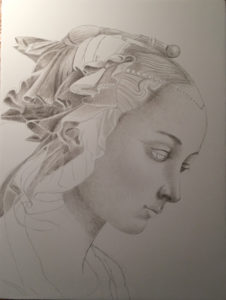
Indian ink drawing on a true gesso panel.
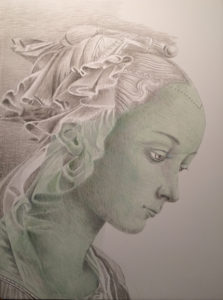
Green underpainting of the skin tones.
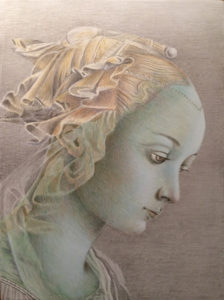
Starting to add red to her cheeks.
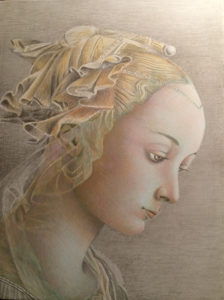
Pink over green….
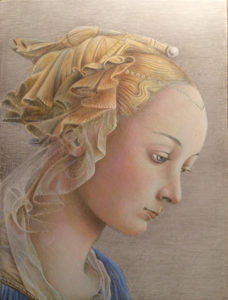
…then more paint layers, modelling and glazing, to achieve the characteristic luminosity of egg tempera.
There is still a little way to go with this painting. The background is still at the ‘indian ink’ stage and both face and robes still need work. I’ll add a photo of the finished piece in due course!
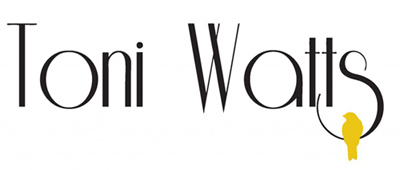
As always, a stunning piece of work Toni, and an interesting article too. I look forward to seeing the finished painting.
I need to pick your brains please. I used gold leaf on a painting I did a year ago and everything thing seemed fine, but these last few months blotches have started to appear on the gold leaf – where have I gone wrong? Will send a photo of the blotches separately for you to see.
Best wishes,
Vanda
The best medium ever
I’m reading Il Libro dell’ Arte. I was looking for examples for sketches on tinted paper and ended up here. You have a beautiful portfolio.